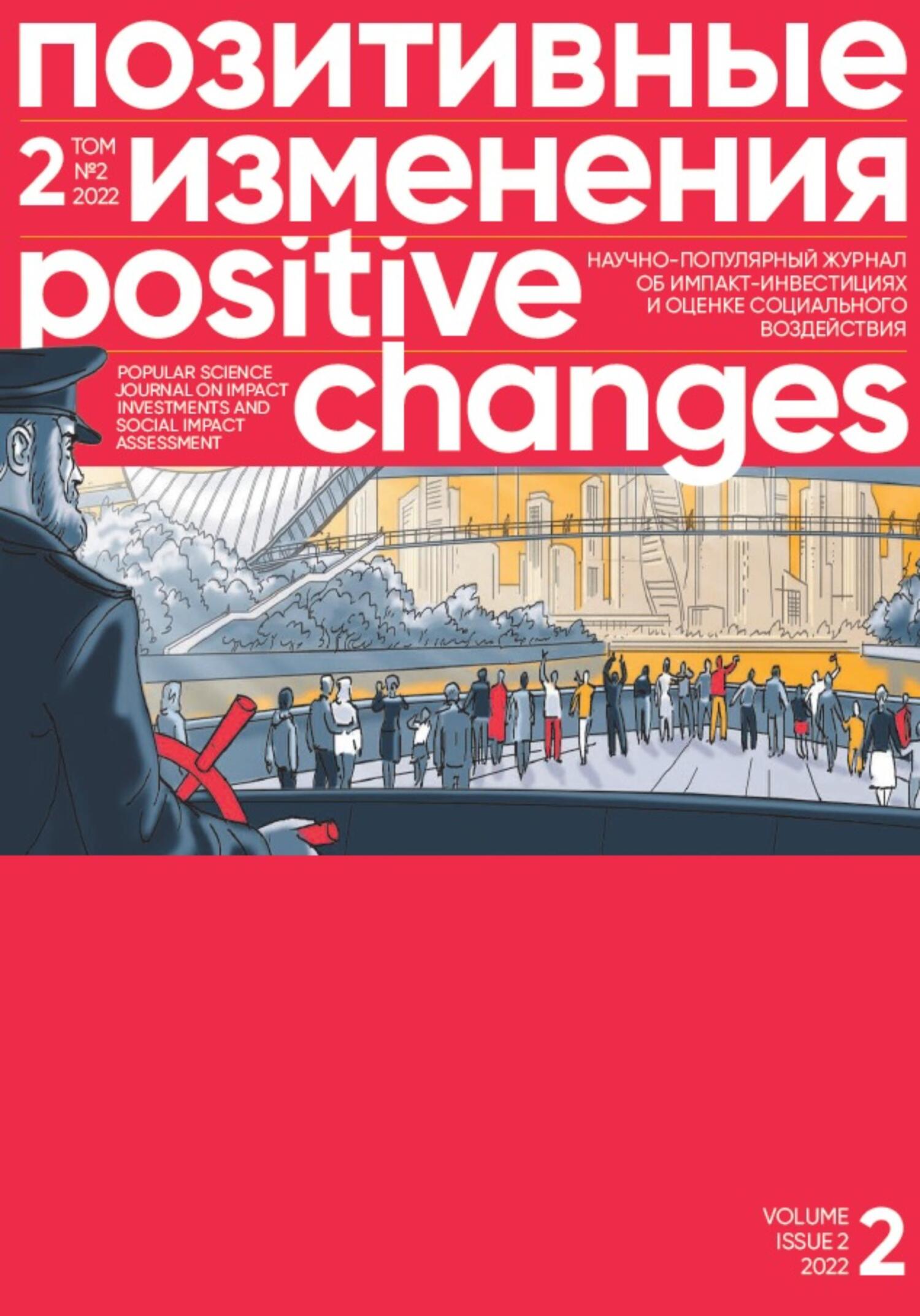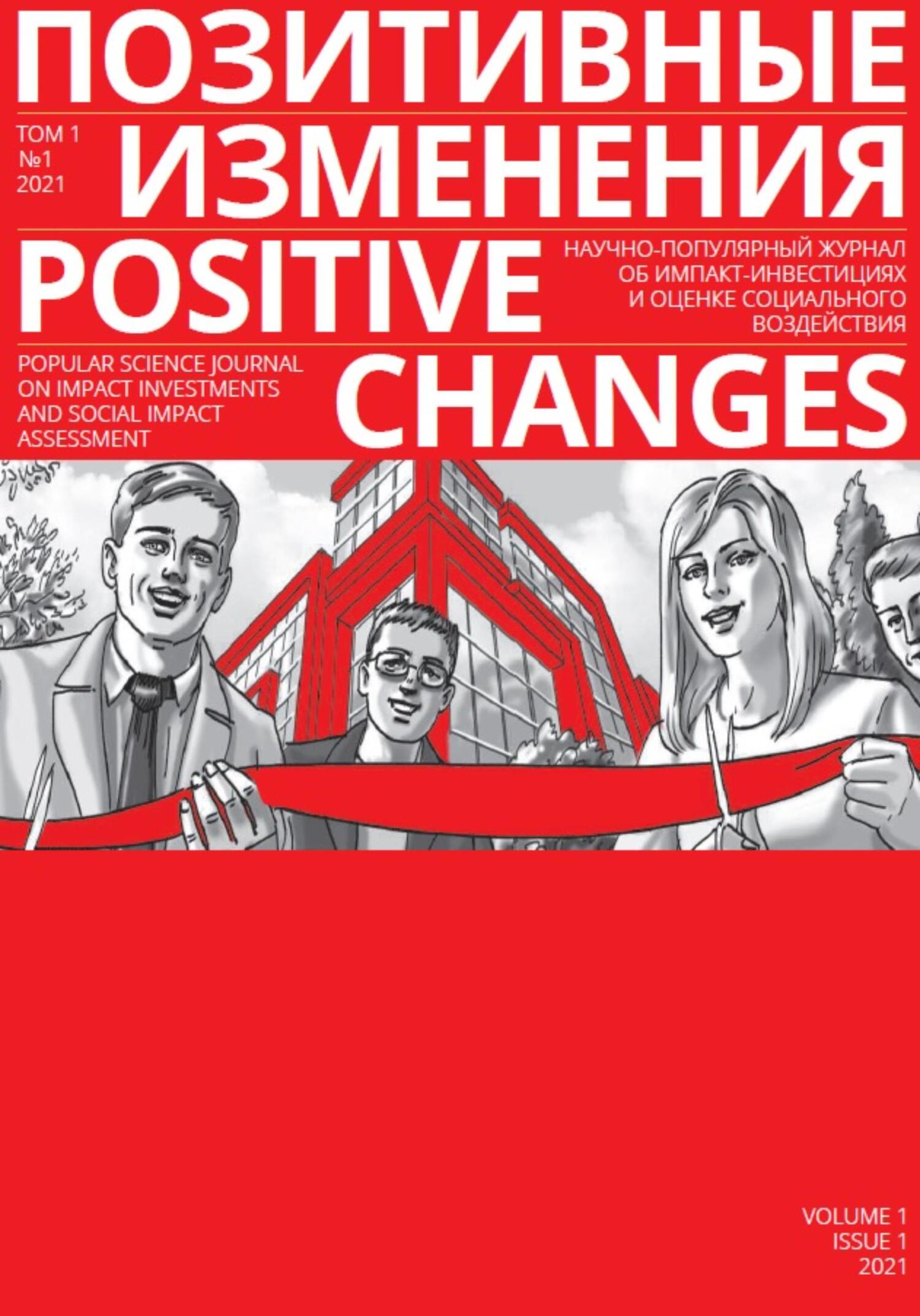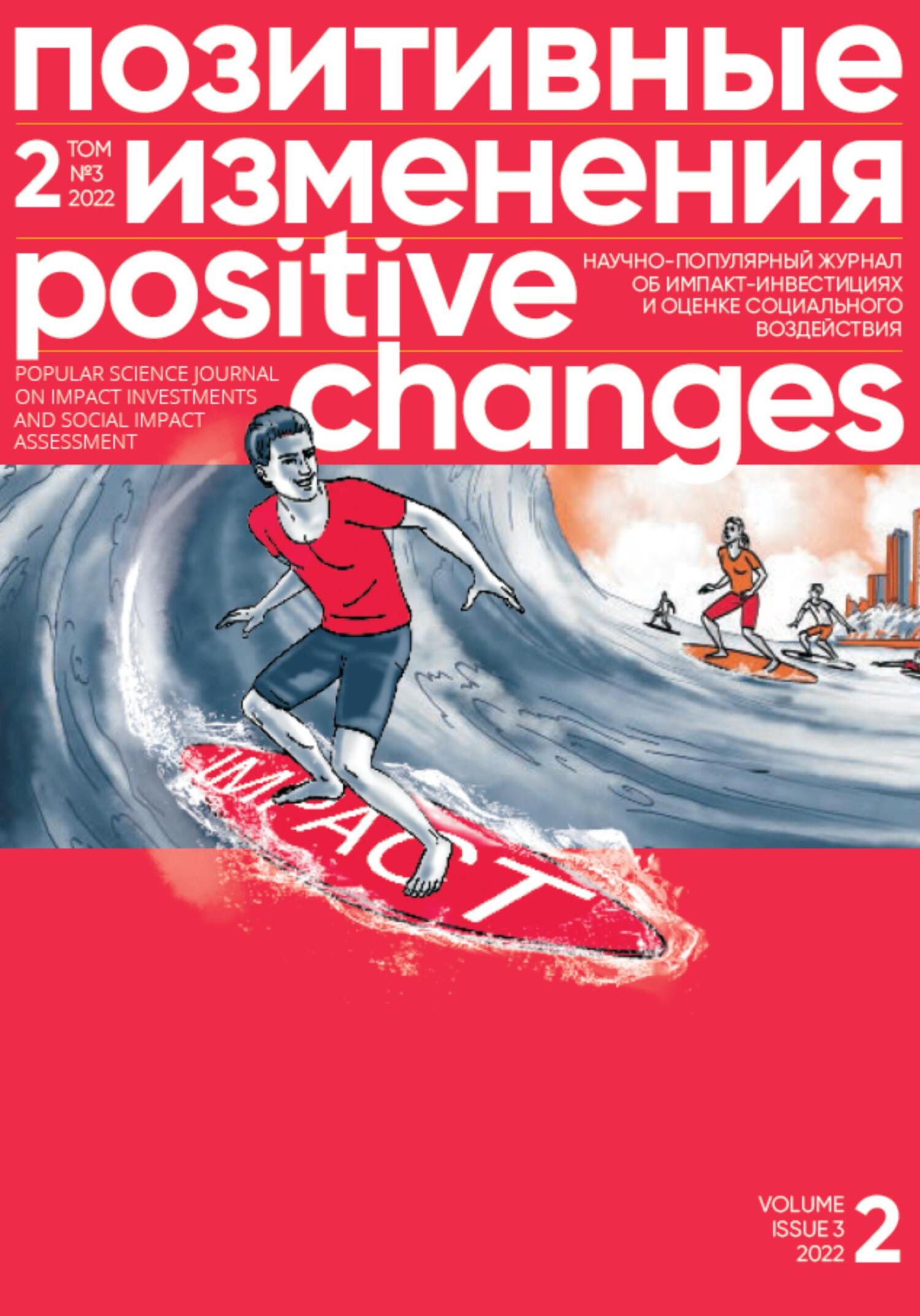cities of the future actually lies in the past. Something similar to what we are seeing in the cities of today has happened in the past.
During the Chicago City Council elections in 1915 (Park, Burgess, 1925), citizens went to the polls and saw long lists of names that meant nothing to them. That crisis was met with a variety of mixed reactions. Chicagoans began organizing voter associations and local social movements, political parties began opening district offices and hiring district political bosses, and religious and philanthropic organizations launched the first round of community organizing. The city came to life and started building more complex social connections. In fact, the 1915 Chicago events were a logical response to the disorganization brought to the cities by rapid growth accompanying the industrialization process.
DIGITALIZATION VS RADICAL MUNICIPALISM
From the dialectical point of view, the cities of today are a battlefield of two trends. One is the trend toward digitalization and digitization (Lapina-Kratasyuk et al., 2021). Smart city systems use neural networks to solve all urban problems for the people. Digital citizens must rely on artificial intelligence, robots, and the good will of software developers. The creative energy freed from administration and routine work should be directed toward the production of even more advanced machines and even more appropriate accounting and control systems. Digital singularity, when technological development becomes ultimately unmanaged and inevitable (Parikh, 2018), is not that far off. Techno-optimists look boldly into the future and see the grandeur of new cities built with the rationality and orderliness of machines. In this reality, the urban planner appears as a programmer-technomage, confidently managing the endless data flows from various sensors, responding to any fluctuations in the urban environment. The city becomes intangible.
The other trend is radical municipalism. This direction puts the humans and human relationships at the core of the city infrastructure. A prime example is the Strong Towns movement in North America, whose members advocate for a radically new way of looking at how we build our cities. The Strong Towns movement seeks to make local government the highest point of collaboration for people working in one place. To this end, articles and podcasts, courses and short seminars are created for those who want to take action in their community. Supporters of the movement, who live in the same city, work together to make their small area more sustainable.
Residents look at each other favorably and openly, together formulating the future of their territories and boldly going for it.
As the residents’ civic consciousness awakens, they take the development of their city into their own hands. If it doesn’t awaken on its own, we awaken it through community organizing tools, community foundation activities and by using the urban husbandry ideology. The creative energy of rethinking and re-appropriating (Cellamare, Cognetti, 2014) the urban environment grows out of the very idea of a democratic conversation between people. City dwellers rally around an area that belongs to them by right of residence. They look at each other favorably and openly, together formulating the future of their territories and boldly going for it. In this scenario, the city planner is a repentant city planner. He no longer hovers over the territory, drawing a master plan of the city, but joins the participatory design activities on equal grounds. He is aware that nobody knows better than the locals what their city should be like.
FAILURES IN THE DIGITAL SYSTEM
The two trends are already struggling, and the feeling is that the movement towards a digital utopia is winning so far. However, many see it as a digital Gulag, rather than a digital utopia. Indeed, it is easy to see how ubiquitous surveillance systems use camera feeds and cell phone signals to ferret out the politically undesirable, fine quarantine violators, and identify potential criminals better than Cesare Lombroso [5]. Together with handy kick-sharing and a delivery system that brings any kind of goods from the dark store to your doorstep, we also get an omnipresent robot policeman. And God only knows the intentions of its creator.
Beyond the concerns that the digital city could spell the end of freedom and democracy, there are other aspects of criticism of this school of thought. It comes from a realization of the fact that, first, any digital system can fail, and second, these failures can be intentionally organized by hackers. A step into the digital future of the city is also a step into the future of digital terrorism. In places with the greatest progress in the implementation of smart city systems, the cities are already experiencing significant pressure from cyber-attacks. The more we trust our city to be digital, the more serious hacker attacks can become. Be it for political reasons or just out of curiosity, hackers will be able to penetrate deep into life support systems, depriving citizens of water, electricity, and e-government services.
Together with handy kicksharing and a delivery system that brings any kind of goods from the dark store to your doorstep, we also get an omnipresent robot policeman.
THE RISKS OF URBAN DEMOCRACY
The democratic process is only good where and when it is well constructed and unfolds as intended. But the number of errors in the actions of an organized group of citizens can be much greater than errors in a poorly written software code. Residents can make wrong decisions, and the voice of a repentant planner, being equal to that of an ordinary citizen, will be lost in the general hum of approval. Any democracy is vulnerable to populism, and it is especially vulnerable when it comes to long-running processes whose results are delayed for years. Urban development is just one such process. The step from urban planning to urban husbandry (Glazychev, 1995) can easily be interrupted by an overly loud but unconstructive local politician.
In addition to vulnerability, the duration of democratic urban development poses another risk. In the face of climate change





